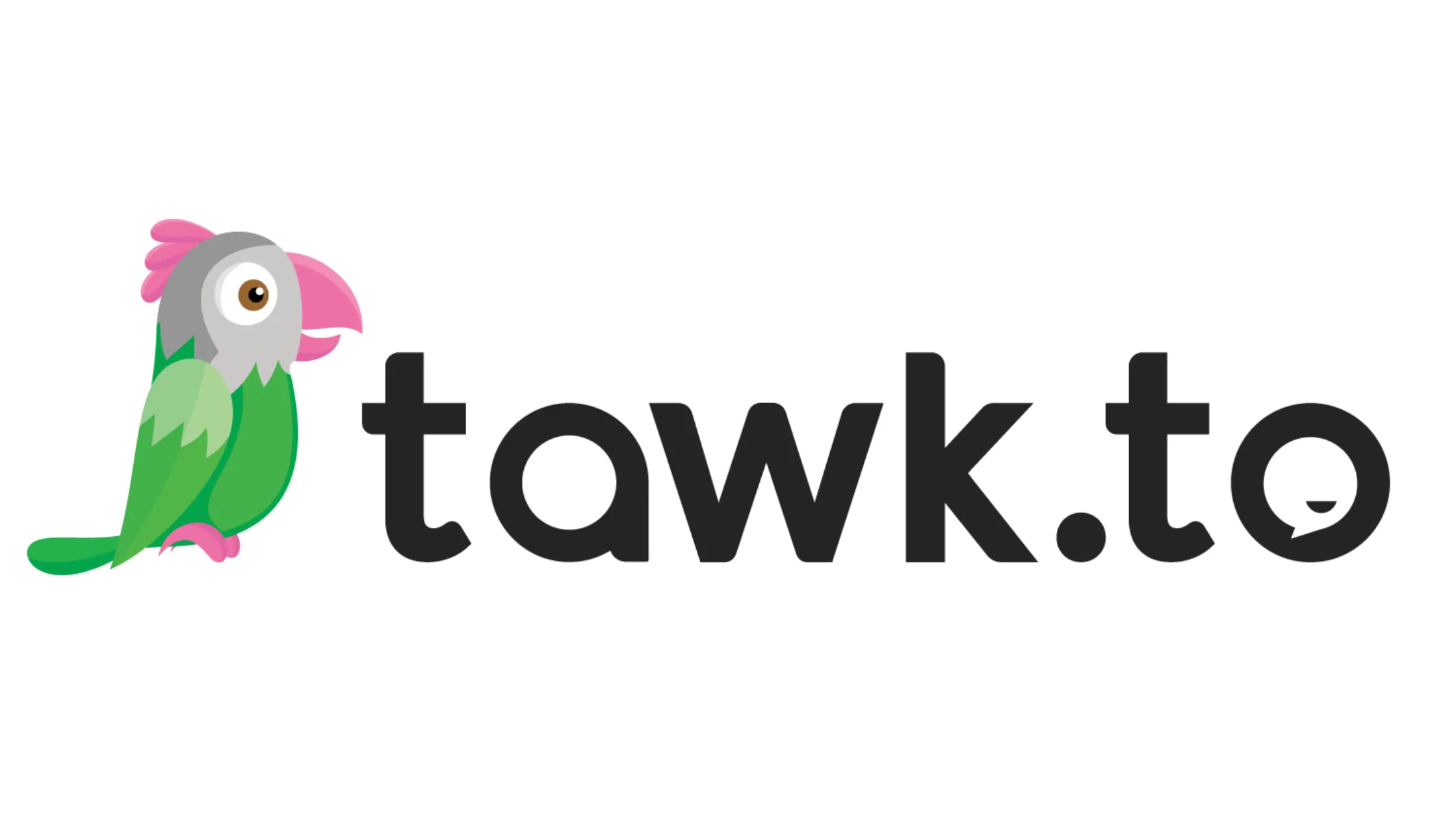
What is Bootstrapping?
Dive into the world of bootstrapping with insights from a YC alum. Learn how to grow your startup without external funding and maximize resources.
Hey there, fellow founders! Sinan Sari here, YC alum and co-founder of Horizon Labs. Today, we're diving into a topic that's near and dear to my heart: bootstrapping. If you're new to the startup world, you might be wondering, "What the heck is bootstrapping, and why should I care?" Well, buckle up, because we're about to embark on a journey through the exciting (and sometimes terrifying) world of self-funded growth.
What is Bootstrapping, Anyway?
Before we jump in, let's get our definitions straight. Bootstrapping is essentially building and growing your startup using your own resources, without relying on external funding like venture capital or angel investors. It's like cooking a gourmet meal with whatever you've got in your fridge - challenging, but oh so rewarding when you pull it off.
The Bootstrapper's Mindset
Bootstrapping isn't just about pinching pennies - it's a whole mindset. It's about being resourceful, creative, and willing to roll up your sleeves and do the hard work. As a bootstrapper, you'll wear many hats - sometimes all at once. One minute you're the CEO, the next you're the janitor. But trust me, this jack-of-all-trades experience will serve you well in the long run.
Why Choose Bootstrapping?
Now, you might be thinking, "Why would I choose to bootstrap when I could be swimming in VC money?" Great question! Let's break down some of the key benefits:
- Complete control: No investors breathing down your neck or pushing for quick returns. You call the shots.
- Focus on profitability: Without external pressure, you can focus on building a sustainable business model from day one.
- Forced creativity: Limited resources breed innovation. You'll find clever solutions you might have overlooked with a fat bank account.
- Increased resilience: Bootstrapping teaches you to weather storms and adapt quickly. These skills are invaluable as your business grows.
- Higher valuation potential: If you do decide to raise funds later, your bootstrapped success can lead to better terms and higher valuations.
The Challenges of Bootstrapping
Let's not sugarcoat it - bootstrapping isn't all sunshine and rainbows. There are some real challenges you'll face:
Limited Resources
When you're bootstrapping, every dollar counts. You'll need to be strategic about where you allocate your limited resources. This might mean working out of your garage instead of a fancy co-working space, or using free tools instead of splurging on premium software.
Slower Growth
Without a big chunk of capital to fuel rapid expansion, your growth might be slower than your VC-backed competitors. But remember, slow and steady can win the race. Focus on sustainable growth rather than trying to blitzscale.
Wearing All the Hats
As I mentioned earlier, you'll be juggling multiple roles. This can be exhausting and might lead to burnout if you're not careful. Learning to prioritize and delegate (even if it's just to your co-founder or a part-time contractor) is crucial.
Bootstrapping Strategies for Success
Alright, now that we've covered the what and why, let's dive into the how. Here are some tried-and-true strategies for successful bootstrapping:
- Start with a side hustle: Keep your day job while you're building your startup. It's not glamorous, but it'll keep food on the table while you're in the early stages.
- Focus on revenue from day one: Don't wait to monetize. Look for ways to generate cash flow as soon as possible, even if it's just a small trickle at first.
- Embrace the MVP (Minimum Viable Product): Don't try to build the perfect product right out of the gate. Launch with a basic version and iterate based on user feedback.
- Leverage free and low-cost tools: There are tons of great free tools out there for startups. Take advantage of them! Some of my favorites include:
- Trello for project management
- Canva for design
- Mailchimp for email marketing (free up to a certain number of subscribers)
- Google Workspace for collaboration and productivity
- Build a community: Engage with your early users and turn them into advocates. Word-of-mouth marketing is your best friend when you're bootstrapping.
- Barter and trade: Don't be afraid to trade services with other startups or professionals. It's a great way to get things done without spending cash.
- Stay lean: Keep your overhead low. Work remotely, use co-working spaces, and only hire when absolutely necessary.
When to Consider Outside Funding
While bootstrapping can be a great path, there might come a time when seeking outside funding makes sense. Here are a few scenarios where you might consider it:
- You've validated your product and have strong traction, but need capital to scale quickly
- You're in a highly competitive market where speed-to-market is crucial
- Your business model requires significant upfront investment (e.g., hardware or biotech startups)
Remember, taking on funding is a big decision. Make sure you've exhausted your bootstrapping options and have a clear plan for how you'll use the capital before you start pitching to investors.
Bootstrapping Success Stories
Need some inspiration? Here are a few companies that started as bootstrapped ventures and made it big:
- Mailchimp: The email marketing giant was bootstrapped for its first 17 years before taking on outside investment.
- GitHub: Started as a weekend project, GitHub bootstrapped its way to a $7.5 billion acquisition by Microsoft.
- Basecamp: The project management tool has been profitable and bootstrapped since day one, famously turning down multiple VC offers.
These success stories show that with the right idea, execution, and a whole lot of grit, bootstrapping can lead to incredible outcomes.
The Power of Community in Bootstrapping
One aspect of bootstrapping that often gets overlooked is the power of community. When you're running lean, your network becomes one of your most valuable assets. Here's how to leverage it:
Find Your Tribe
Seek out other bootstrapped founders. They'll understand your challenges and can offer invaluable advice and support. Look for local meetups, online forums, or social media groups dedicated to bootstrapping. You'd be surprised how many folks are in the same boat!
Collaborate, Don't Compete
Instead of viewing other startups as competition, look for opportunities to collaborate. Maybe you can share resources, cross-promote each other's products, or even team up on projects. At Horizon Labs, we've found some of our best partnerships through these kinds of collaborations.
Give Before You Take
Remember, building a strong network is about giving as much as it is about receiving. Offer your skills, knowledge, or connections to others without expecting anything in return. This goodwill often comes back to you in unexpected ways.
Measuring Success When Bootstrapping
When you're bootstrapping, traditional metrics of success like funding rounds or valuation don't always apply. So how do you know if you're on the right track? Here are some key indicators to watch:
- Profitability: Unlike VC-backed startups that might prioritize growth over profits, your goal is to become profitable as soon as possible.
- Customer satisfaction: Happy customers are repeat customers. They're also your best source of word-of-mouth marketing.
- Sustainable growth: Look for steady, consistent growth rather than explosive spikes. It's about building a solid foundation.
- Team morale: A motivated, engaged team is crucial when resources are tight. If your team is passionate and energized, you're doing something right.
- Product-market fit: Are customers not just using your product, but raving about it? That's a strong sign you're on the right path.
The Future of Bootstrapping
As we look ahead, I believe bootstrapping will continue to be a viable and attractive option for many startups. With the rise of no-code tools, cloud computing, and global talent pools, it's becoming easier than ever to build and scale a business with limited resources.
The Rise of Micro-SaaS
One trend I'm particularly excited about is the growth of micro-SaaS businesses. These are small, profitable software companies often run by a single founder or a small team. They target niche markets and can be incredibly successful without ever needing external funding.
Remote Work and Global Talent
The shift towards remote work opens up new possibilities for bootstrapped startups. You can now access global talent without the overhead of a physical office, allowing you to build a world-class team on a bootstrap budget.
Horizon Labs: Your Partner in Bootstrapped Success
At Horizon Labs, we understand the challenges of bootstrapping better than most. We've been there, done that, and got the t-shirt (actually, we couldn't afford the t-shirt, so we made our own). That's why we're passionate about helping bootstrapped startups build their ideas into reality without breaking the bank.
Our team of experienced engineers and product developers knows how to work lean and fast, just like you. We can help you validate your MVP, build out your product, and scale your tech as you grow - all while keeping costs under control. Whether you need a full-stack development team or just some strategic tech advice, we're here to support your bootstrapped journey.
Ready to take your bootstrapped startup to the next level? Don't go it alone. Reach out to us at info@horizon-labs.co or schedule a call at https://www.horizon-labs.co/contact. Let's figure out how we can build your tech better, faster, and cheaper than the competition. Your bootstrapped success story starts here!
Frequently Asked Questions (FAQs) about Bootstrapping:
Q: How long should I expect to bootstrap my startup before becoming profitable?
A: The timeline to profitability varies widely depending on your industry, business model, and execution. Some startups achieve profitability within months, while others may take several years. On average, bootstrapped startups often aim to reach profitability within 18-36 months. It's crucial to set realistic milestones and continuously reassess your progress.
Q: Can I bootstrap a startup in a capital-intensive industry?
A: While it's more challenging, bootstrapping in capital-intensive industries is possible. Consider strategies like equipment leasing, strategic partnerships, or starting with a service-based model before transitioning to product development. Some successful examples include Tesla (started by selling high-end sports cars to fund mass-market vehicle development) and SpaceX (began with smaller rockets before tackling larger projects).
Q: How do I handle cash flow issues when bootstrapping?
A: Managing cash flow is critical for bootstrapped startups. Consider implementing strategies like offering pre-sales or subscriptions, negotiating extended payment terms with suppliers, focusing on high-margin products or services initially, and maintaining a detailed cash flow forecast. Some startups also use invoice factoring or revenue-based financing as alternatives to traditional funding.
Q: Is it possible to compete with well-funded startups while bootstrapping?
A: Absolutely! Bootstrapped startups can compete by focusing on niche markets, providing superior customer service, and being more agile in response to market changes. You can also leverage your bootstrapped status as a marketing advantage, emphasizing your lean operations and customer-centric approach. Companies like Basecamp and Atlassian have successfully competed against well-funded rivals by focusing on product quality and customer satisfaction.
Q: How can I attract top talent to my bootstrapped startup without offering high salaries?
A: While you may not be able to match big tech salaries, you can attract talent by offering equity, flexible work arrangements, and opportunities for rapid skill development. Emphasize the potential for significant growth and the chance to make a real impact. Consider implementing profit-sharing programs or performance-based bonuses. Some startups also offer "choose your own adventure" compensation packages, allowing employees to customize their mix of salary, equity, and benefits.
Q: How can I secure my first customers without a marketing budget?
A: Focus on personal networking, leveraging social media, and content marketing. Attend industry events, offer free trials or beta access, and encourage word-of-mouth referrals. Consider partnering with complementary businesses for cross-promotion. Some startups have found success by directly reaching out to potential customers on platforms like LinkedIn or by contributing valuable content to industry forums and blogs.
Q: What are some creative ways to fund a bootstrapped startup beyond personal savings?
A: Besides personal savings, consider options like crowdfunding, pre-selling products, revenue-based financing, or securing a business line of credit. Some entrepreneurs have found success with "consulting to product" models, where they offer services to fund product development. Others have explored less conventional routes like participating in startup competitions, applying for grants, or even leveraging blockchain technology for initial coin offerings (ICOs) or security token offerings (STOs).
Q: How do I know when it's time to stop bootstrapping and seek external funding?
A: Consider seeking funding when you've validated your business model, have a clear path to scaling, and additional capital would significantly accelerate growth. Signs it might be time include: struggling to meet customer demand, losing market share to better-funded competitors, or identifying clear opportunities that require more capital than you can generate through operations. However, also consider the trade-offs of external funding, such as loss of control and shifted priorities.
Q: Can bootstrapping work for B2B startups with long sales cycles?
A: Yes, but it requires careful planning. Focus on shortening the sales cycle by offering smaller, entry-level products or services. Consider a land-and-expand strategy, where you start with a small engagement and grow within the organization. Some B2B startups have found success by initially targeting smaller businesses with quicker decision-making processes before moving up-market. Additionally, explore partnerships with established companies to leverage their existing customer base and credibility.
Q: How can I build a strong company culture while bootstrapping?
A: Building culture doesn't have to be expensive. Focus on clear communication of your mission and values, and lead by example. Implement peer recognition programs, regular team-building activities (which can be low-cost or free), and transparent decision-making processes. Some bootstrapped startups have created strong cultures through unique practices like rotating "CEO for a day" programs, regular hackathons, or "failure celebration" events to encourage risk-taking and learning.
Q: What are some common pitfalls to avoid when bootstrapping?
A: Common pitfalls include underpricing your product or service, neglecting marketing, trying to do everything yourself, and not setting clear priorities. Be cautious of over-optimizing for cost at the expense of quality or scalability. Some bootstrapped founders make the mistake of not paying themselves, which can lead to burnout. Another pitfall is not preparing for success - ensure your systems and processes can handle rapid growth if it occurs.
Q: How can I balance product development with customer acquisition when resources are limited?
A: Adopt an iterative approach, focusing on developing a minimum viable product (MVP) and getting it in front of customers quickly. Use customer feedback to guide further development. Consider techniques like concierge MVP or Wizard of Oz MVP to test concepts before full development. Some startups have found success by involving early customers in the product development process, creating a sense of ownership and loyalty.
Q: Are there any tax advantages or government programs specifically for bootstrapped startups?
A: While programs vary by country and region, many places offer tax incentives for small businesses and startups. These might include R&D tax credits, small business deductions, or startup-specific programs. Some countries offer grants or low-interest loans for self-funded businesses. In the U.S., for example, the Small Business Administration (SBA) provides various resources and programs for bootstrapped startups. Always consult with a tax professional to understand the specific opportunities in your area.
Need Developers?
We help companies build ideas into apps their customers will love (without the engineering headaches).
















For Startups & Founders
We've been founders ourselves and know how valuable the right communities, tools, and network can be, especially when bootstrapped. Here are a few that we recommend.

Mistakes to Avoid When Building Your First Product
Learn the key mistakes founders make when building their first product—and how to avoid them for a faster, smoother launch.
Read more
The Rise of AI in Product Development: What Startups Need to Know
Learn how AI is transforming product development for startups. From MVPs to scaling, here’s what founders need to know in today’s AI-driven world.
Read more
No-Code vs. Custom Development: Which is Right for Your Startup?
Weighing no-code vs. custom development? Learn which is right for your startup depending on stage, budget, and product complexity.
Read more
What is Mixpanel?
Learn how Mixpanel helps startups track user behavior to improve products and accelerate growth with clear data-driven insights.
Read more
How Tawk.to Can Boost Your Startup’s Customer Support Game
Learn how Tawk.to can benefit startups by enhancing customer support and engagement. Perfect for early-stage founders!
Read more
Grow Your Startup With Anthropic's AI-Powered Tools
Discover how Anthropic's cutting-edge AI tools can accelerate your startup's success. Learn about their benefits and see why they can be trusted by startups.
Read more
What is Data-Driven VC?
Learn what a data-driven VC means and how such investors can benefit your startup’s growth and fundraising journey.
Read more
What is Blockchain?
A beginner-friendly guide on blockchain for startup founders, covering key concepts, benefits, challenges, and how to leverage it effectively.
Read more
What is Cybersecurity?
Learn cybersecurity basics tailored for startup founders. Understand key risks, best practices, and how to protect your startup from tech threats.
Read more
What is Seedcamp?
Learn what Seedcamp is, how its European seed fund and accelerator program work, and how founders can use its capital, mentorship, and network to scale their st
Read more
What is AngelList?
AngelList is a prime platform connecting startup founders to investors, talent, and resources to accelerate early-stage growth.
Read more
What is 500 Startups?
Learn what 500 Startups (now 500 Global) is, how its accelerator and seed fund work, and when founders should consider it—plus tips for early-stage startups.
Read more.png)